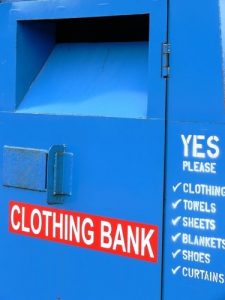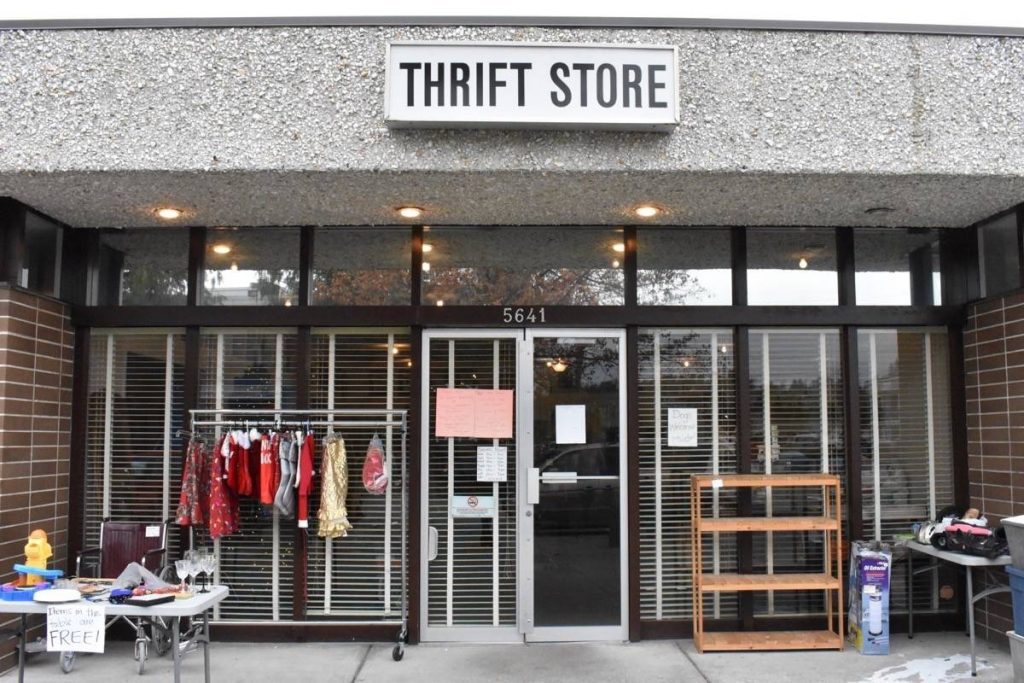Does it spark joy?
That is the question of the moment, as set forth by de-cluttering guru Marie Kondo. The “KonMari” phenomenon has swept a wide swatch of Netflix audiences across the world, thanks to her recent series “Tidying Up with Marie Kondo.”
As we discussed in a February blog post on this site, thrift stores across North America are seeing a significant spike in donations thanks to Marie Kondo. After all, she’s encouraging people to get rid of anything that doesn’t “spark joy.”
That’s great, right? Win-win? Everyone’s happy?
Well, not so fast.
While the thrift stores and charity donation centres don’t want to appear ungrateful, there are limits. There are some items that cannot be donated; and for of all the items that can be donated there’s a right way and a wrong way to so.
What Should You Not Donate to Charities & Thrift Stores
As much as thrift stores and charities welcome your donations, they are now experiencing an overflow of items. Some of those donations cannot be used at all; either they are items that are prohibited or not accepted, or they have been donated in a careless manner that renders them useless.
What are some of the things that are generally not accepted at donation centres or thrift stores? Here’s a start:
- Any clothing or other item that is excessively torn, stained or soiled
- Damaged, broken or stained furniture
- Cribs
- CRT TV’s and monitors
- Any kind of hazardous chemical
- Large appliances
- Personal care items, fragrance, etc.
- Mattresses
- Weapons (honestly, they’ve been getting knives and worse!)
- Any item that’s been recalled or doesn’t comply with current safety laws (car seats in general, best to avoid)
- Recyclables (paper, cardboard, glass, print, metal, etc. – these go in your recycling bin)
- Particleboard furniture (e.g. IKEA)
-
Now more than ever, our thrift store partners are overwhelmed with donations and are struggling with an excess of these items. Many thrift stores are not allowed to dispose of their goods into landfill, which leaves them in a predicament as to what to do with items they cannot accept or sell.
The Wrong Way to Drop Off Items for Charities & Thrift Stores
Another issue is the way in which items are donated. Most thrift stores and donation centres have designated areas for donations, and hours in which they accept those donations. There are also a slew of charity donation bins scattered around most communities.
In a rush to rid themselves of items that do not “spark joy,” however, some people are merely dumping their unwanted items outside the stores at off hours, or, worse yet, scattered outside the donation bins that have become full. This is a bad practice for several reasons. First, it is tantamount to littering or trespassing. Moreover, it renders the items more or less useless since the thrift stores or donation centres cannot assess the items and may have to consider them “contaminated.”
At Bank & Vogue, we’re happy with the KonMari “spark joy” phenomenon. All things considered, it’s having a net-positive effect on society, giving credence to the circular economy concept and the benefits of “reduce, reuse and recycle.” We love that she’s encouraging people to give items respect, to give the earth respect, and to pass along items for other people to have their joy sparked.
We only ask people to donate respectfully, with consideration for the environment and for our thrift store partners.
How Does Bank & Vogue Play a Role?
If you’d like to know more about the Circular Economy and how Bank & Vogue is a leader in the global purchase, sale and logistics of wholesale used goods, credential clothing and mixed rags, contact us today for more information.









